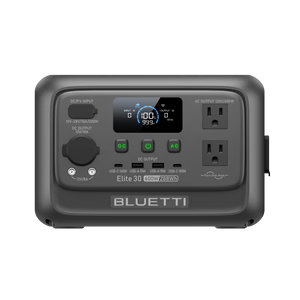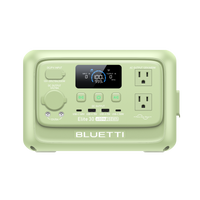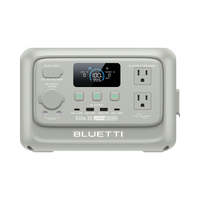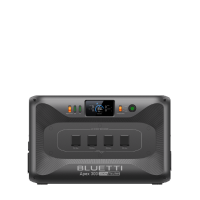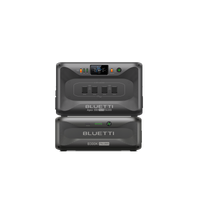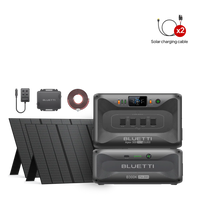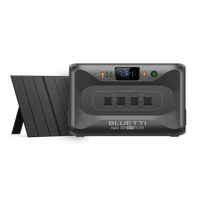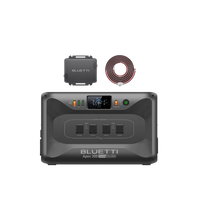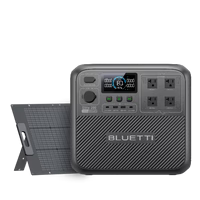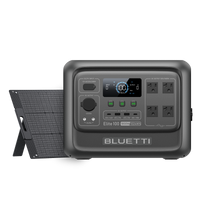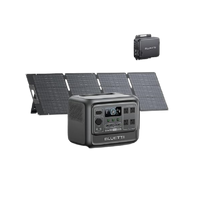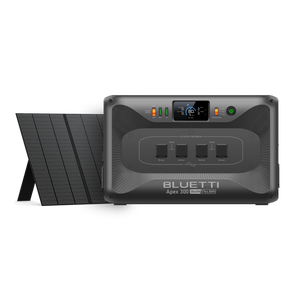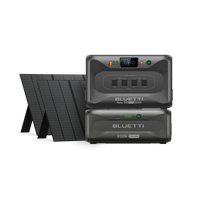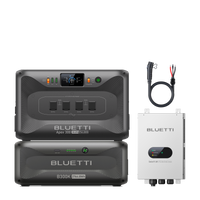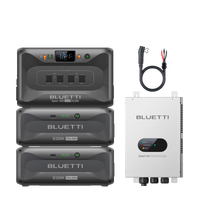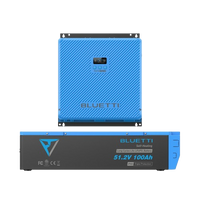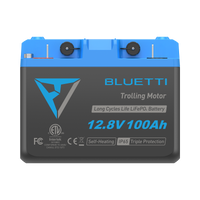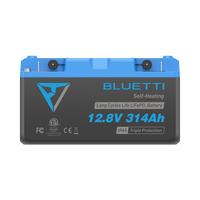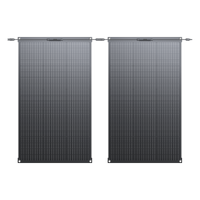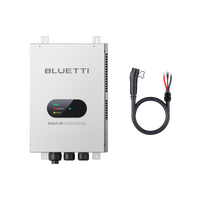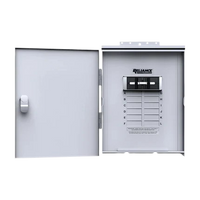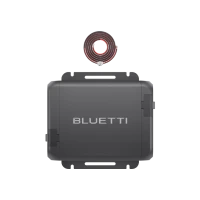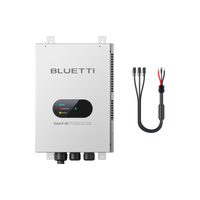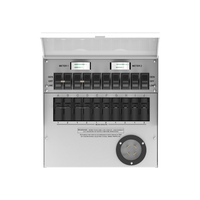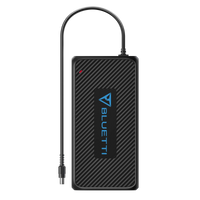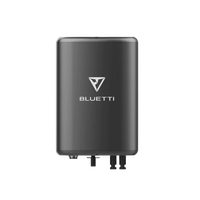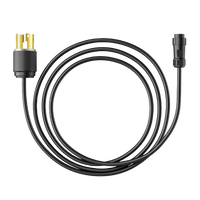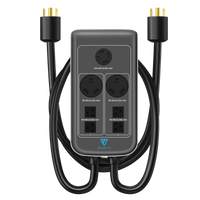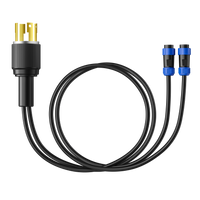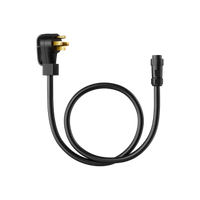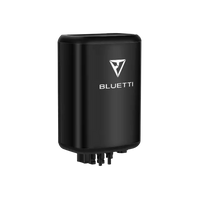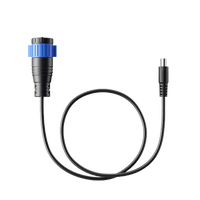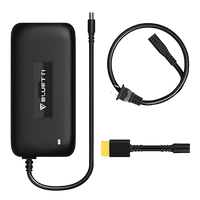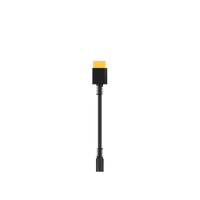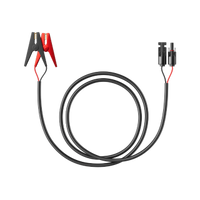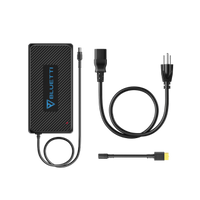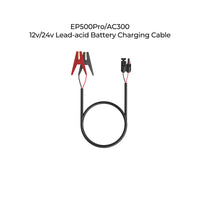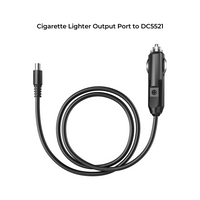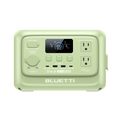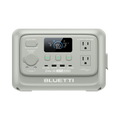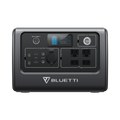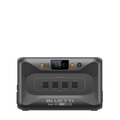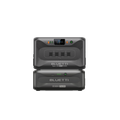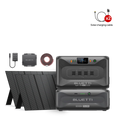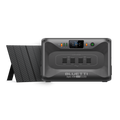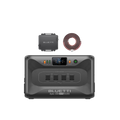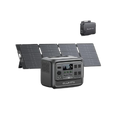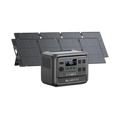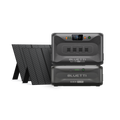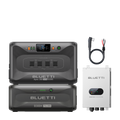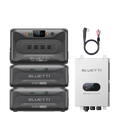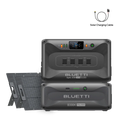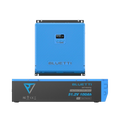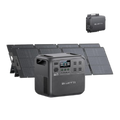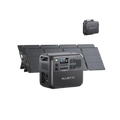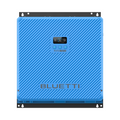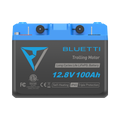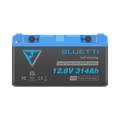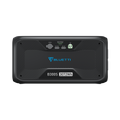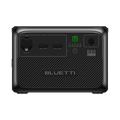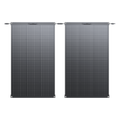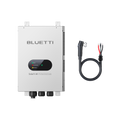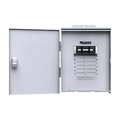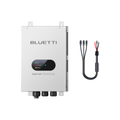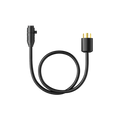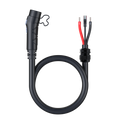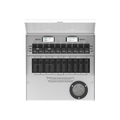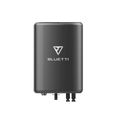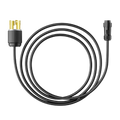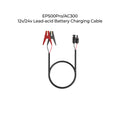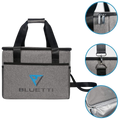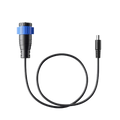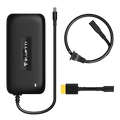The advancement of solar technology has never been more accessible, as portable power stations are paving the way. These devices like solar generators are one of the comprehensive solutions for off-grid power. Equipped with lithium-ion batteries or LiFePO4, AC and USB outlets, they supply power quietly. The highlight? They can be recharged via photovoltaic solar panels.
Brands like BLUETTI make it incredibly simple to attach a solar panel to a portable power station. Just hook your solar PV panel up to the station, and then you have power on tap. Not only do you have the solar generator at your disposal to harness the sun’s energy, but you also have the ability to store all that alternative energy for later usage. Nevertheless, part of solar users still want to know “Can You Connect a Solar Panel Directly to a Power Station?” and there are several steps you need to know.
Related articles: What Are Solar Panel Kits: How to Choose Them?
How Much Power Does a 400w Solar Panel Produce?
Can You Charge a Portable Power Station with a Solar Panel?
Pick a Compatible Solar Panel
An appropriate solar panel will be your key to the use of solar energy through a portable power station. Solar panels typically connect to the stations which works for most solar panels. However, there can be exceptions. For instance, it is imperative to ascertain that your solar generator isn’t overwhelmed by the panels. But some smaller power stations cannot withstand the current of higher voltage panels that operate at a different current from photovoltaic panels. Models with premium features, like the AC200L BLUETTI Portable Power Station, can handle a greater inflow.
Make sure the connector on the PV panel is matched to your power station input. Among the common connector types used are the MC3 and T4. Investing in a compatible manufacturer‘s panels for a portable power station is a safe choice to ensure the panel capability. Nevertheless, you might have the issue of not being compatible with some panel, but otherwise, converters or adapters can be purchased, which come to the rescue. Do not forget that the panel for one power station could be damaging to another. Consequently, be sure to check compatibility before attaching.
Panel Placement
The placement of daylight collectors is a key factor in making them work as efficiently as possible. In the Northern Hemisphere, the sun travels from right to left, which changes with the seasons. In wintertime, the sun is far below the horizon and is available for shorter amounts of time, but in summer, the sun is high in the sky for a longer imp of the day. These conditions allow you to determine the best orientation and angle of your panels.
You need to align your panels directly to the sun. The most ideal angle is usually true south, but the best angle depends on your location. If you have mobile solar panels, you can tilt them up for maximum sunlight exposure. With the sun shifting across the sky, you might want to re-position your panels to grab the most sunlight.
Certain companies provide sun tracking systems that automatically follow the sun's movement across the sky and hence maximize the energy gain. On the other hand, manual adjustments also work very well, especially for portable systems. Mindful of the fact that greater solar irradiation translates to more energy assimilation. Thus, paneling placement isn't only about location but also involves handling the sun's position in different time spectra.
Connect the Cables
Installing the cables through the connecting kit is the last step of putting together your solar-powered portable power station. This process is straightforward: no need for fuss, just plugging the panel at the connection outlet of the power station which is usually marked as “DC In” or “Solar Input”. In other cases, for example, rooftop panels, this requires connecting the cables from the panels to the unit.
If you’re in doubt about what port to use with your photovoltaic panel, check out the user manual or contact customer service for more information. Portable power stations are furnished with solar charge controllers that ensure the voltage levels are optimum despite the varying solar intensities and fluctuations. Such controllers have the ability to cut off the supply of power once the devices are fully charged.
In a panel configuration with multiple units, a paralleling connector should be used to join the panels. It is of utmost importance that you read and follow the user manual of the portable power station which helps you handle the voltage and current from multiple panels. Keep in mind the most important step of connecting the cables is to ensure your solar power station is working efficiently.
Safe Storage
Safe storage of your solar generator and the cells can be a very important factor to be taken into account. In the case of your sunlight backup for emergencies, the best place for it to be stored is where it can be easily accessed in case of an electricity outage.
In fact, the most advanced sunshine backup nowadays uses Lithium-Ion and LiFePO4 cells which are safer in comparison to the formerly used lead-acid batteries. These batteries are universally applicable, featuring a wide operating temperature range, thus they can stay in cold sheds without affecting the performance.
Nevertheless, these measures are essential to avoid issues that can reduce the battery’s efficiency, for instance, water damage. Hence, storing your solar generator in a dry place at room temperature is better.
Never forget that safe storage is a combination of the place where you keep the batteries and the state of charge and cleanness of the batteries. Unplugging the batteries from other appliances during storage will also extend their lifetime period.
Whilst most solar batteries are safe to use, installation, operation and maintenance must be secure to ensure their efficiency and effectiveness. By following the manufacturer's guidelines and best practices, you will be able to appreciate your solar generator as a power source that is reliable and sustainable.
Top 3 Solar Generator Kits
BLUETTI AC200P + PV200 Kit

The AC200P, together with the PV200 solar panel, is a powerful and multipurpose solar generator kit. It has a 2000W pure sine inverter that has a maximum surge power of 4800W and thus can run many different appliances and devices. This kit offers a LiFePO4 battery with a larger capacity (2000Wh) that achieves more than 3500 life cycles while maintaining 80% of capacity. This battery provides stable power over extended periods.
Additionally, it has 17 different outputs, which means the unit can simultaneously charge all your devices when outdoors or during power failures. Recharge options are seven, including solar and dual charging, for flexibility and convenience. The 700W max solar input and 1200W fast dual charging capability emphasize how effective it is in capturing solar energy. Additionally, its eco-friendly and gas-free operation makes it an excellent choice. Thus, it's perfect for environmentally conscious users seeking a quiet and cost-effective power solution.
BLUETTI AC200MAX +Solar Generator Kit

This is a rock of juice that you can take anywhere with you. This model comes with a 2200W pure sine wave AC inverter that can surge up to 4800W, making it ideal for handling electrical devices with high loads. The kit’s 2048Wh LiFePO₄ battery is impressive due to its longevity, with over 3,500 life cycles to 80% capacity. This configuration is augmentable up to 8192Wh more through additional batteries, thus a scalable solution for increased energy requirements.
The seven recharging methods that include a 900W max solar input and 1300W fast dual charging give users the chance to choose one of the best ways of getting back the juice. The AC200MAX’s adaptability becomes more pronounced with its expandability feature, which guarantees that the power station will still be relevant as your power needs grow. It's suitable for all those who desire a long-lasting and multi-purpose electricity source.
BLUETTI AC300 +B300 + 3*PV200 Kit

The AC300, which is paired with the B300 cell module and three PV200 solar panels, is a great emergency electricity system that can handle most of your energy needs. The 3000W AC pure sine wave inverter of a surprising 6000W surge capacity can power up high-end appliances without any problem. The kit’s 3072Wh LiFePO₄ battery expandable up to a thunderous 12288Wh by means of additional modules, provides a truly unique energy storage solution.
The built-in 240V split phase bonding and off-the-grid 24/7 UPS home backup make it a perfect solution for home power resilience. It comprises of seven alternative recharge possibilities and a 2400W max solar input which make it efficient and a versatile kit. What makes this solar generator kit unique is its massive power capabilities and thus this is the ideal choice for applications that not only demand durability but also portability, such as home backup, or off-grid usage.
Is It Possible to Link Multiple Solar Panels to a Single Portable Power Station?
It is possible to interlink several solar panels to a single power station and it is imperative to choose proper panels with a broader current range. The traditional power plants may be limited to a single panel that can make the connection, while the advanced models such as AC200L from BLUETTI can support two panels with a wider voltage range of 11 – 150V. This function is critical for the users in case they need more power generation capability, which helps to create a stronger and more dependable solar system. It is necessary to read the details of your power station to make sure it matches the safe load of your multiple solar panel connections.
Final Thoughts
Thus, the direct connecting of a solar panel to a power station may be feasible but the requirements for compatibility, voltage, and current must be taken into account. Adapters may come to be needed for heterogeneous connectors. Make sure you always ask the manufacturer before using it to avoid danger and operation malfunction. Engaging solar technology will provide a greener pathway, though its inclusion into the current power systems requires a careful and informed approach.
